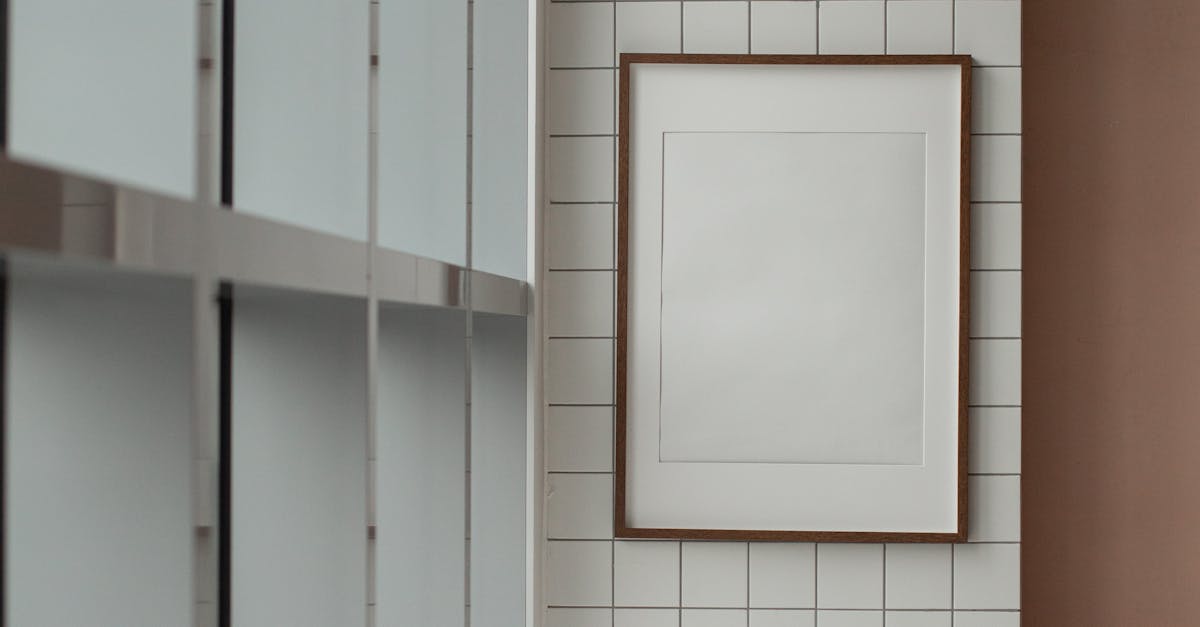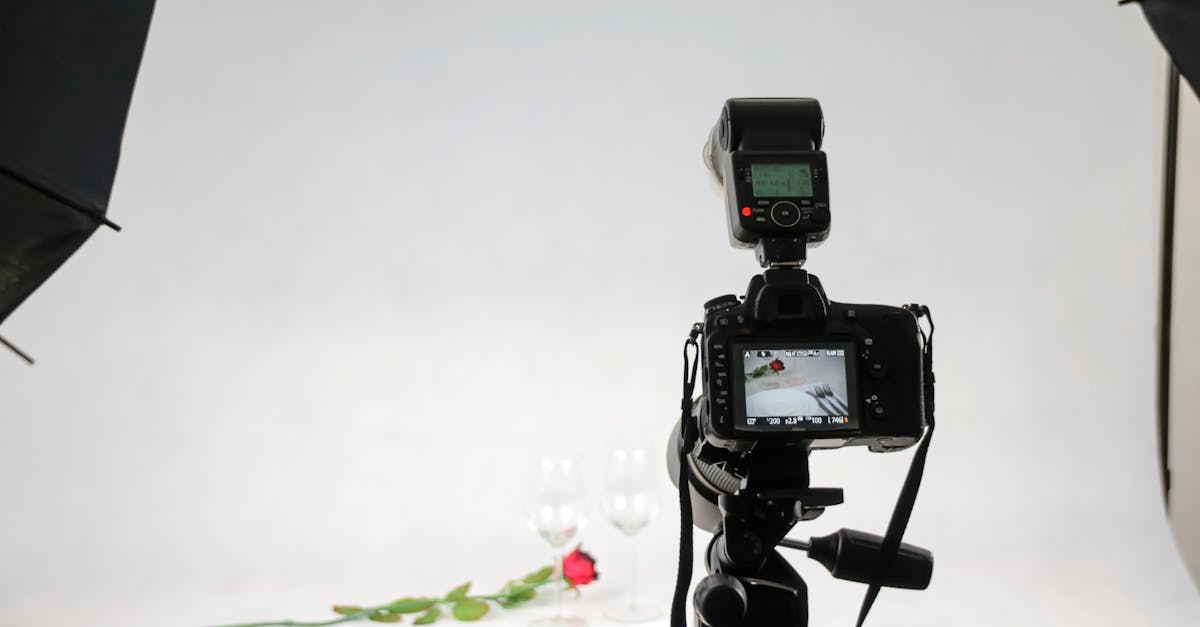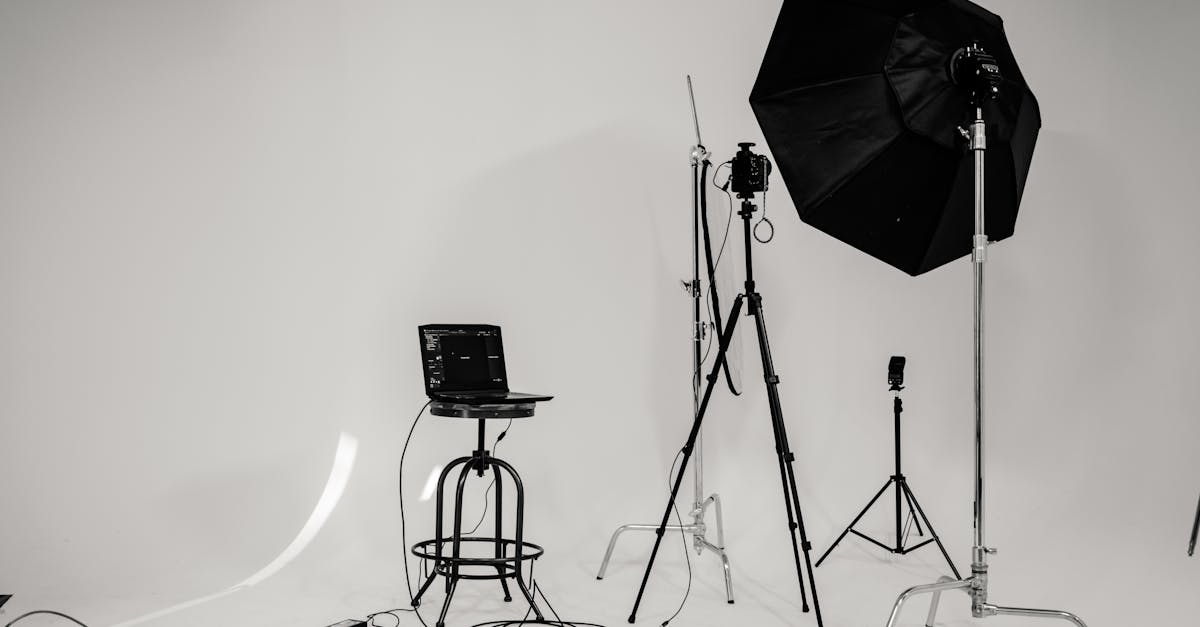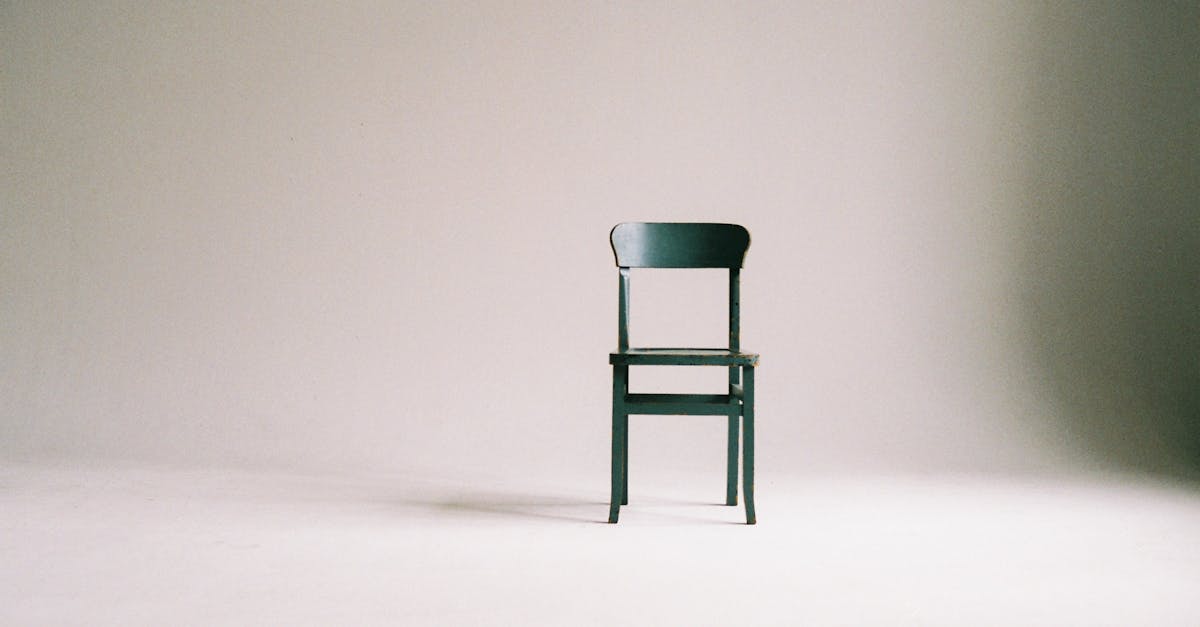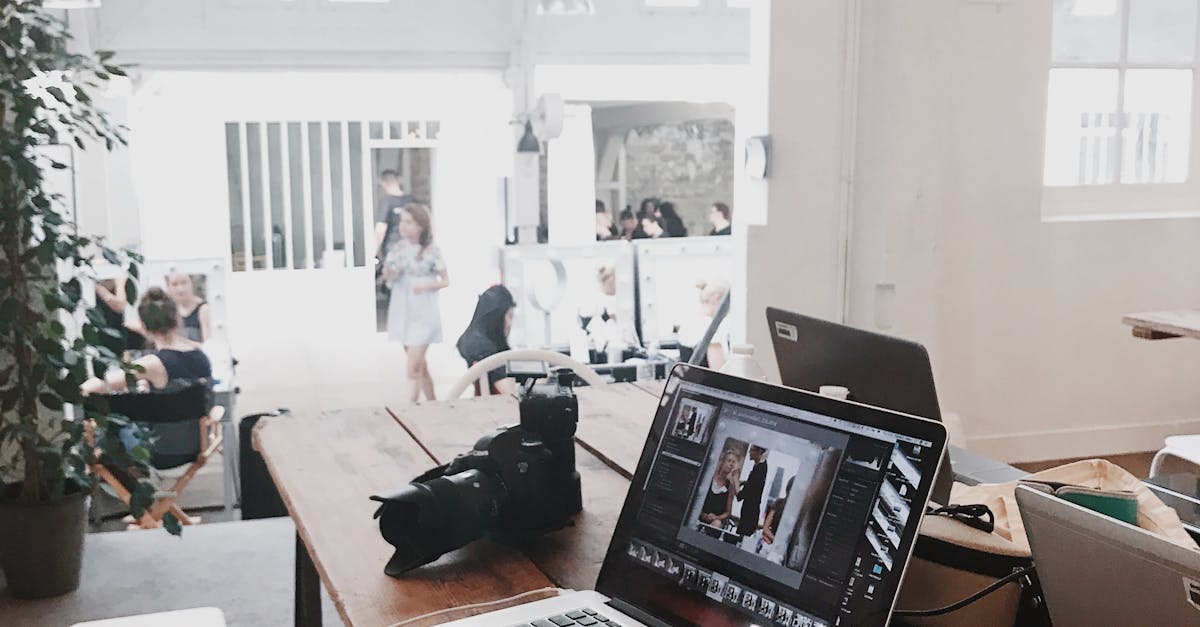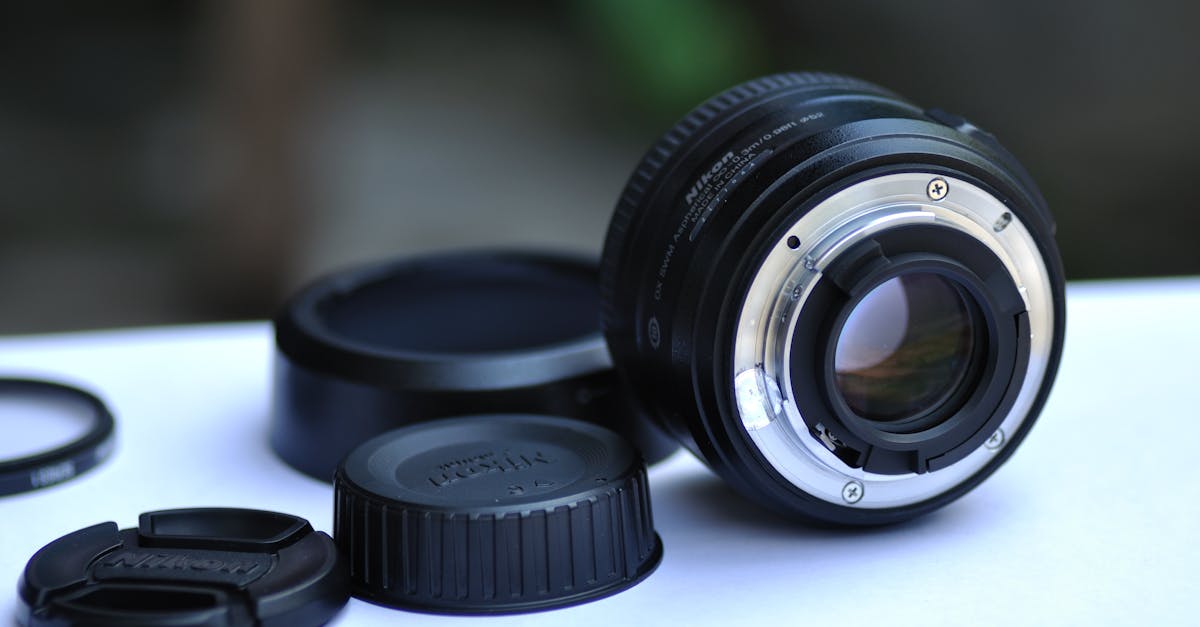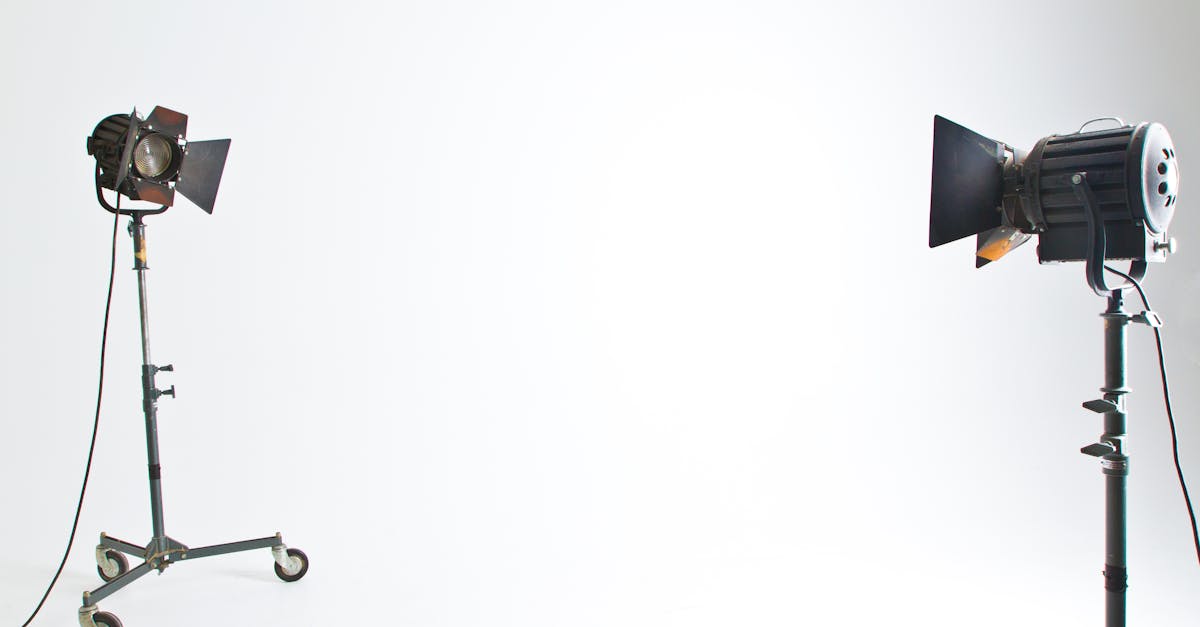
Planning for Backup and Contingency
When it comes to event photography in Ottawa, planning for backup and contingency is crucial to ensure a successful shoot. Technical malfunctions or unexpected circumstances can occur at any time, so having a backup plan in place is essential. One way to prepare for such situations is to pack duplicate equipment, such as an extra camera body, multiple memory cards, and additional batteries. This foresight can save the day if any of your primary gear fails during the event.
Furthermore, it's beneficial to have a backup photographer on standby, especially for longer events like those lasting 2 hours. This additional support can ensure that all key moments are captured, even if the primary photographer faces unforeseen challenges. Communication is key in coordinating with a backup photographer, so make sure they are familiar with the event schedule and key shots that need to be taken. By planning for backup and contingency, you can mitigate risks and deliver high-quality event photography in Ottawa without any hiccups.
Preparing for Unexpected Situations
When it comes to event photography in Richmond Hill, preparing for unexpected situations is key to ensuring a successful gig. One way to handle unforeseen circumstances is to pack extra equipment, such as an additional camera body or lens, in case of technical failures. Moreover, having spare memory cards and batteries can prevent any disruptions during the photo shoot.
Another aspect to consider is the weather conditions. Always check the weather forecast beforehand and prepare accordingly. This could mean bringing protective gear for your equipment in case of rain or having a plan to move the shoot indoors if necessary. By anticipating and preparing for unexpected situations, you can mitigate risks and ensure a smooth event photography experience in Richmond Hill.
Organizing and Managing Your Shot List
Organizing and managing your shot list is crucial for successful event photography in Pickering. Before the event, take the time to create a detailed list of the shots you want to capture. Consider key moments, important guests, and any specific requests from the client. By having a structured shot list, you can ensure that you don't miss any important shots during the event. Additionally, organizing your shots beforehand allows you to work more efficiently on the day of the event, focusing on capturing memorable moments rather than scrambling to figure out what to shoot next.
Categorizing your shots for efficiency is another helpful strategy when managing your shot list for event photography in Pickering. Divide your shot list into categories such as group shots, candid moments, and details. This will help you stay organized and ensure that you capture a variety of shots throughout the event. By having a clear categorization system, you can quickly reference your shot list and transition between different types of shots seamlessly. Ultimately, effective organization and management of your shot list will contribute to a successful and stress-free event photography experience.
Categorizing Shots for Efficiency
Categorizing shots for efficiency is a crucial aspect of event photography in Brantford. By organizing the shots into different categories beforehand, you can streamline the process and ensure that you capture all the essential moments throughout the event. Consider grouping shots by key moments such as arrival, speeches, interactions, and special performances to ensure comprehensive coverage. This systematic approach allows you to approach each category methodically, reducing the chances of missing important shots and ensuring a well-rounded collection of event photos.
Furthermore, categorizing shots not only enhances your efficiency during the event but also simplifies the editing process afterward. By organizing your photos into distinct categories, you can easily locate specific shots when post-processing. This structured approach saves time and allows you to deliver the final collection promptly to your clients. When categorizing shots for efficiency, remember to maintain a balance between variety and relevance to ensure a diverse yet comprehensive coverage of the event.
Maximizing Shooting Efficiency and Productivity
To maximize shooting efficiency and productivity during Event Photography in Oshawa, it is crucial to have a well-thought-out plan before the event starts. This includes scouting the location, setting up equipment in advance, and familiarizing yourself with the schedule and key moments that need to be captured. By being organized and prepared, you can ensure that you make the most of the time available to capture the essence of the event effectively.
Another way to enhance efficiency is by utilizing a shot list that categorizes the types of photos you need to take. By having a structured guide, you can move seamlessly between different shots without wasting time or missing important moments. Prioritize key shots while keeping an eye out for unique and candid moments that can add depth and authenticity to your event coverage. By categorizing shots and staying agile in your approach, you can maintain a steady workflow and achieve a diverse and comprehensive collection of images by the end of the 2-hour event.
Tips for Taking Quality Photos Quickly
Covering an event in Mississauga and need to snap quality photos efficiently? Start by adjusting your camera settings ahead of time to ensure optimal performance in various lighting conditions. Familiarize yourself with the venue layout and lighting sources to anticipate potential challenges and make quick adjustments as needed. By being prepared, you can focus on capturing candid moments and key highlights of the event without missing a beat.
To swiftly capture quality photos during Event Photography in Mississauga, consider speeding up your workflow by utilizing burst mode for fast-paced action shots and setting a custom white balance for consistent colour accuracy. Additionally, framing your shots thoughtfully and following the rule of thirds can elevate the composition of your photos instantly. Remember to maintain a balance between capturing spontaneous moments and posed shots to deliver a diverse and engaging event photo gallery efficiently.
FAQS
How many photos should I aim to take for a 2-hour event?
It is recommended to take around 200-400 photos for a 2-hour event to ensure you capture all the important moments.
What factors should I consider when determining the number of photos to take?
Factors to consider include the type of event, the number of attendees, the activities taking place, and the desired coverage level.
How can I ensure I capture all the essential moments within the time frame of a 2-hour event?
To capture all essential moments, create a shot list in advance, prioritize key moments, and be prepared to adjust your shooting plan as the event unfolds.
What should I do if the event goes longer than the planned 2 hours?
If the event extends beyond the planned duration, prioritize capturing the most important moments and adjust your shooting style to ensure you don't miss any key highlights.
Is it better to take more photos than needed or focus on quality shots during a 2-hour event?
It's important to strike a balance between quantity and quality when taking photos at a 2-hour event. Focus on capturing meaningful and well-composed shots rather than simply taking a large volume of photos.
